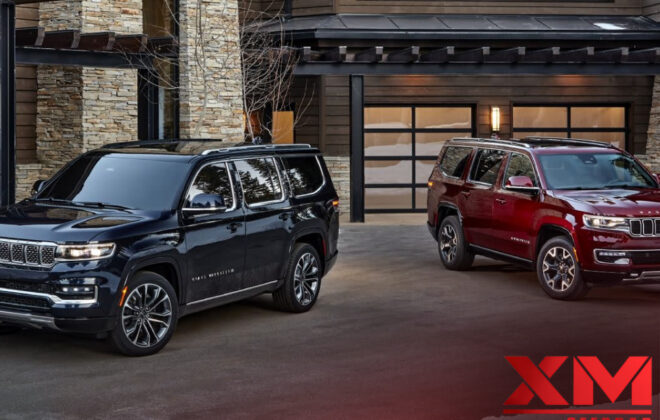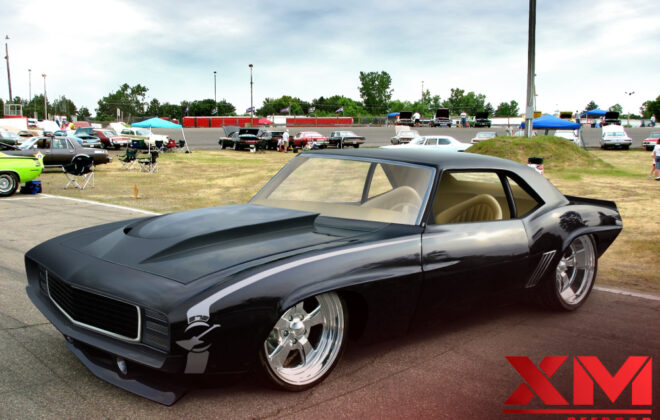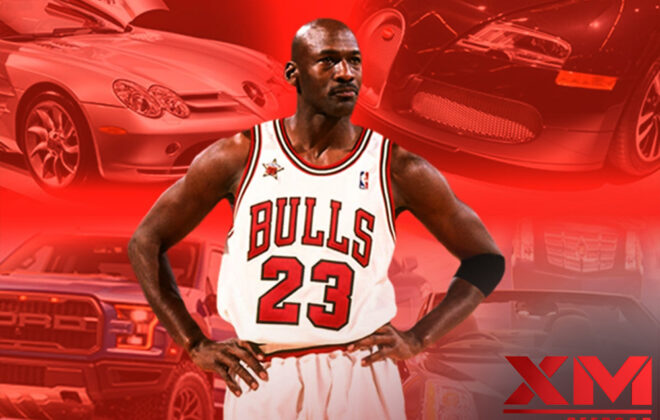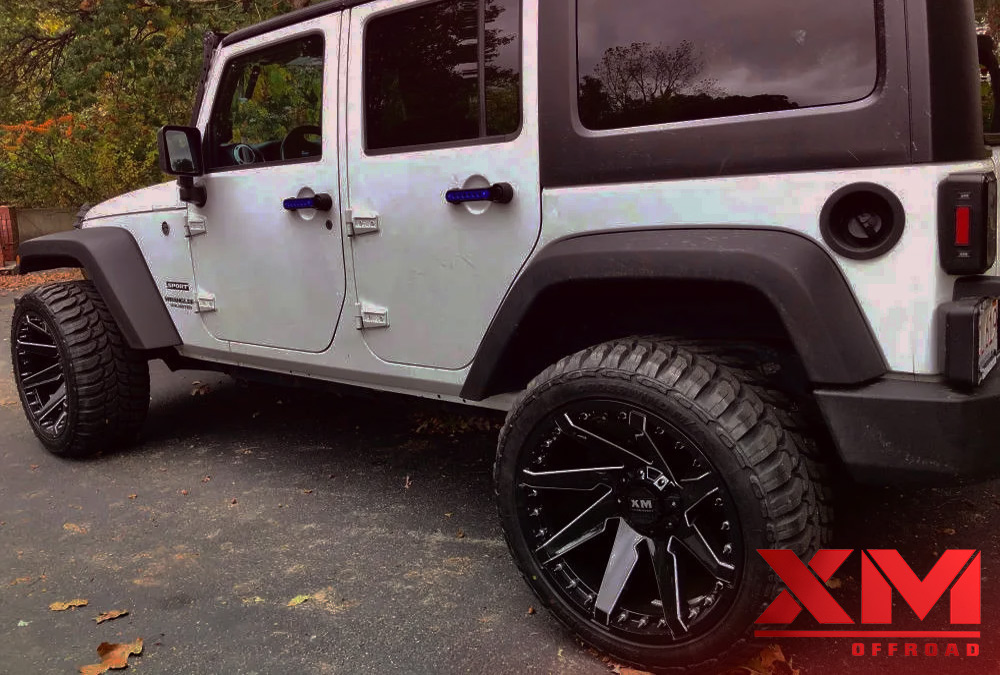
History About Jeep Wrangler You Should Know
Jeep Wranglers have been a versatile option ever since they first sold in 1985. This legendary ride has roots that date back to World War II, having been originally designed for military use (by Willys-Overland). The Jeep made its way onto the streets afterward and struck a chord with an audience ready for something much more flexible than what had even been available previously! In this post we will discuss about Jeep Wrangler History. Today, the Jeep Wrangler stands out as one of America’s most recognizable vehicles – particularly when it comes to a bold sense of adventure and raw drive. This rugged ride may be one of the greatest off-road vehicles around. But, of course, there’s so much more to this icon than just its well-known looks.
Let’s Explore the Colorful Evolution Behind This Classic Jeep Wrangler Model:
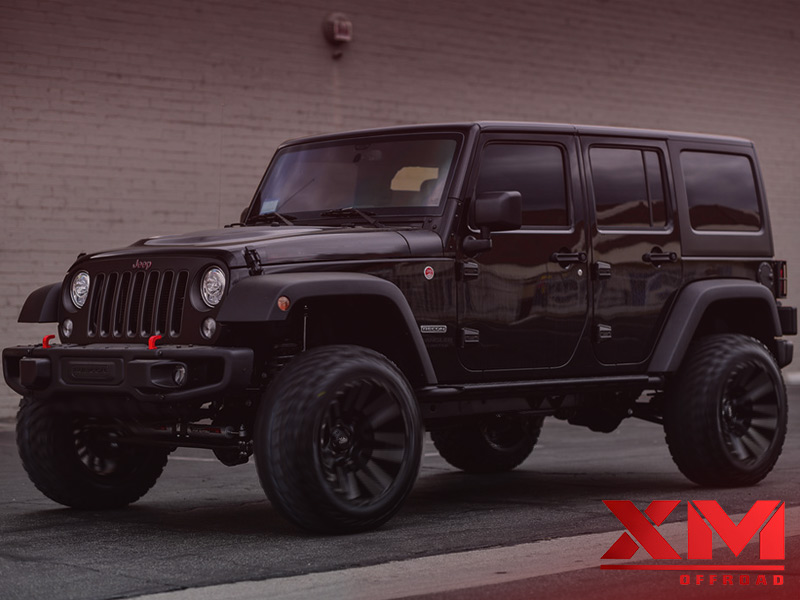
1. Civilian Jeep 1945-1986
After world war II, the main priority was to continue designing and manufacturing civilian trucks. They eventually designed a Jeep model, but it wasn’t until several years after the war that production began. But by all accounts, they knew what they were doing! The original Jeep was made available after pretty significant modifications and redesigns had already taken place. Most notably, they added a tailgate and lower gearing, plus they replaced the spare tire with a canvas top and installed other upgraded features, too, like a tube-type frame that allowed for thin walls so you could pack more into them, which was important at the time because fuel was in such short supply!
2. WRANGLER YJ 1986-1995
The first Jeep Wrangler YJ debuted in 1986 at the Chicago Auto show, giving it a new face with rectangular headlights. It was similar to its predecessor – the CJ – in that it featured a separate body and frame design, making it lightweight and easy to modify. Jeep kept the rugged mechanicals of the YJ but revamped its suspension systems and interior with anti-roll bars. This vehicle handled better than previous iterations and offered all-around comfort for passengers. The YJ continued with a removable top, making it appealing to 28 inch offroad wheels, even though more passengers now fit inside due to the redesign.
In 1991, Jeep introduced the four-liter AMC inline six-cylinder engine. The redesign allowed them to increase their power by 20% over previous years. Automatics were added to many vehicles, including the Wrangler models, because of the increased power and torque. This upgrade made automatic transmissions more common in Jeep vehicles. It created a stir within the community because it was different from traditional Jeeps, which had stick shifts. Many people were appalled at this change when Jeep was beginning to be popularized as a mainstream brand instead of an off-road wheel vehicle. The addition of automatics proved that these models could be driven or used for everyday purposes with relative ease. They also allowed less experienced drivers to get behind the wheel much easier than before, increasing overall popularity among a wide audience and contributing to Jeep’s titular longevity within their community throughout its history as a car manufacturer.
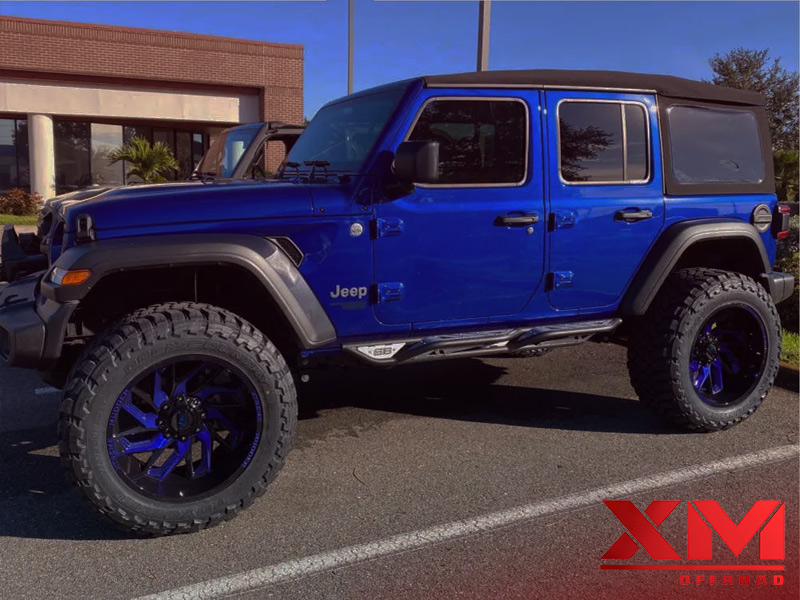
3. WRANGLER TJ 1996-2006
In 1997, Jeep brought a revolutionary change to its iconic Wrangler with the introduction of the new TJ model: it was the first complete redesign of the Wrangler since its launch in 1986. This Jeep TJ proved to be a major improvement over previous models. It had been nearly a decade since the first Wrangler was produced, and Jeep had learned a lot. They increased the stiffness of the frame and body but switched to coil springs to improve the smoothness of the ride. They also returned to the original round headlights that many enthusiasts enjoy.
Despite this, the engine choices remained the same as the YJ, and in many ways, the TJ was more of a redesign than a relaunch. Nevertheless, the Jeep was used more frequently as a day-to-day vehicle thanks to the upgrades. Despite fewer rattles and better temperature control, the Jeep retained its distinctive charm while also offering some of the comforts drivers needed to use their Jeep more frequently.
Read More: 10 Beneficial Questions and Answers About Off-Road Rims
4. WRANGLER JK: 2006-2018
If you want to know about the four-door jeep, you have to wait until 2007. It took Wrangler JK to introduce the Jeep four-door model, but it was a very successful decision for him. Seventy-five percent of Wranglers are now four-door models. It’s better off with off-road friends. Similarly, offering traction and stability control increased JK’s safety. Although it started after the crash of the US economy, it became popular despite the lack of fuel economy. The JK retains many features that made it the first Wrangler as an off-road vehicle. Roll bars, removable doors, fold-down windshields, and soft tops were available. Even when Jeep offered more options, it retained those who had previously made it popular.
5. WRANGLER JL: 2018- NOW
The Wrangler JL 2018 has demonstrated off-roading capabilities while also having a more upscale style than its previous model, the JK. The Jeep Wrangler comes with features that set it apart from other models in its class, such as Bluetooth compatibility and better user-control options than before. What sets the new Jeep apart even further is its automatic transmission which is an eight-speed now rather than a six-speed as it was previously. Additional added comfort features like parking sensors and blind-spot monitoring have created more security for Wrangler drivers on the road.
Perhaps the most exciting change was the JL Wrangler engine options, which for the first time, included a diesel engine for the North American Wrangler. Finally, the Rubicon is geared for the wild outdoors with rock rails, high-clearance fenders, and electronic-locking axles in the front and back.
Final Thoughts
Jeep has been at the forefront of the 4-wheeled adventuring game for years. People want a car they can drive on the highway or in town that also fits their remote wilderness adventures. Now it seems like Jeep is edging closer and closer to crossing that finish line. They’re still sticking to what they do best – providing customers with go-anywhere, rugged off-roading vehicles. Working tirelessly to reduce crashes by introducing new safety features that improve durability and comfort.

